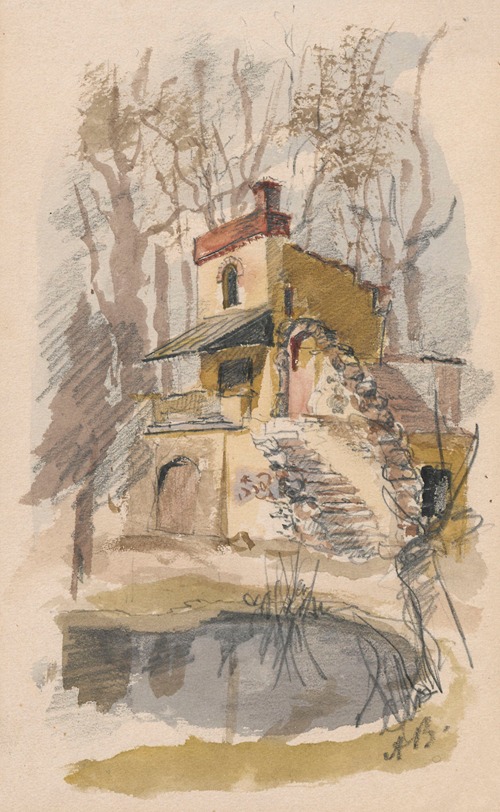
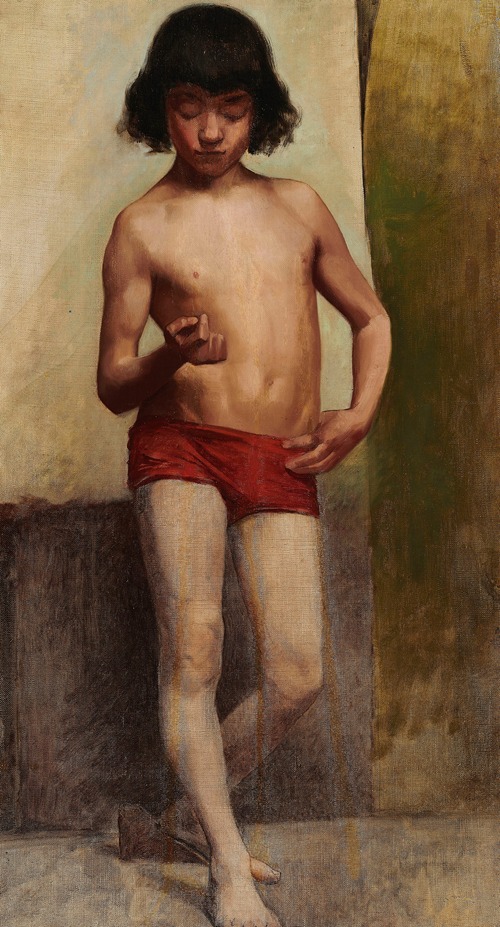
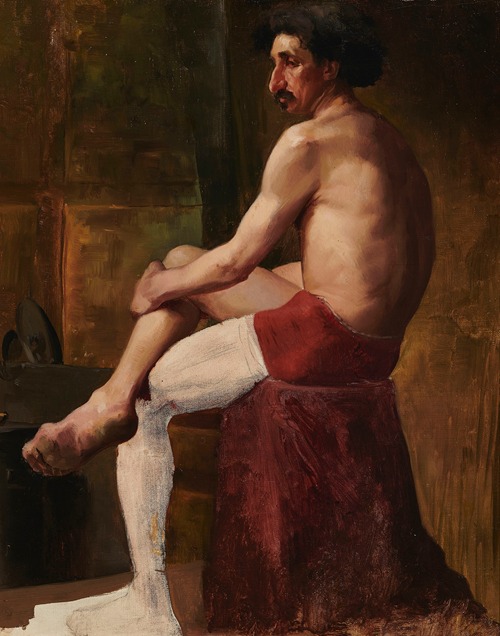
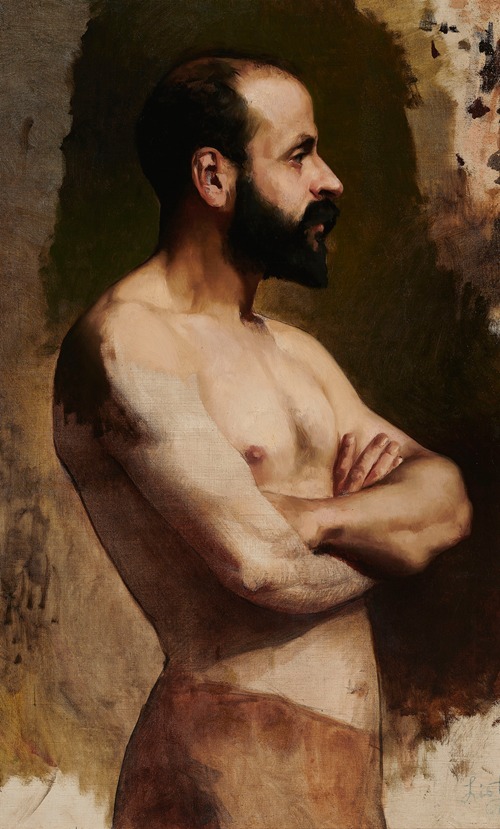
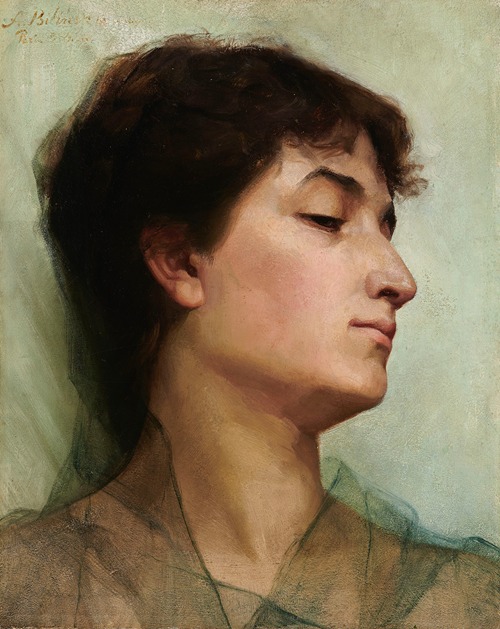
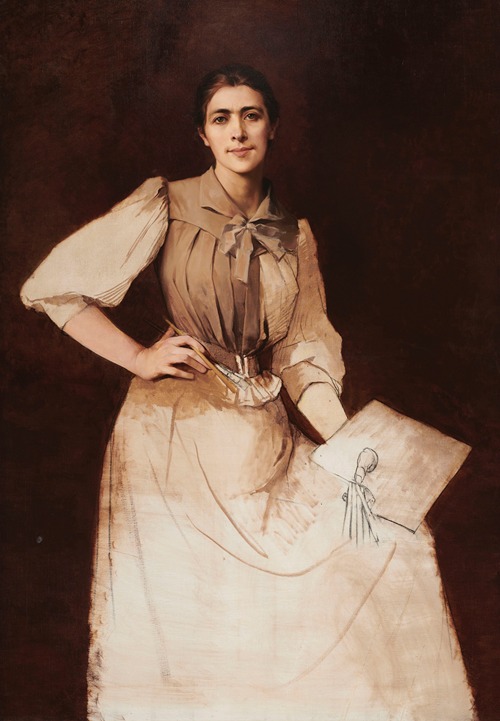
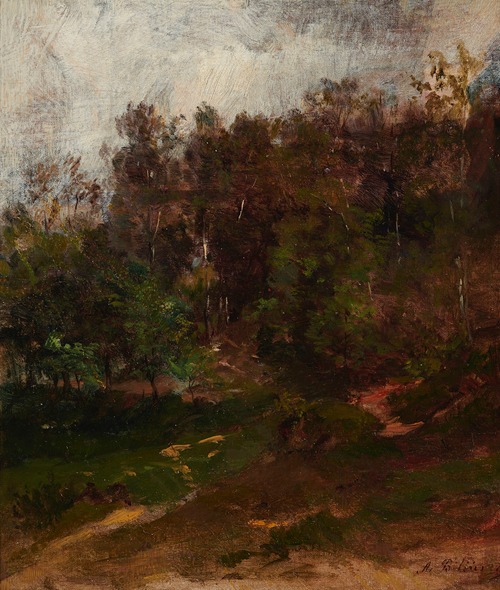
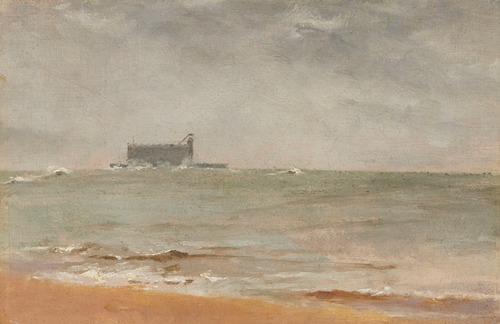
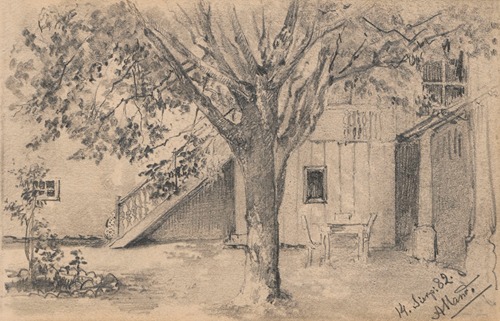

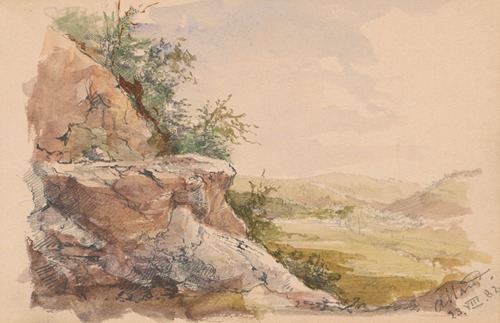
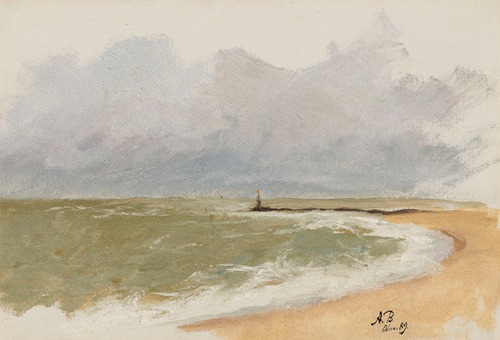
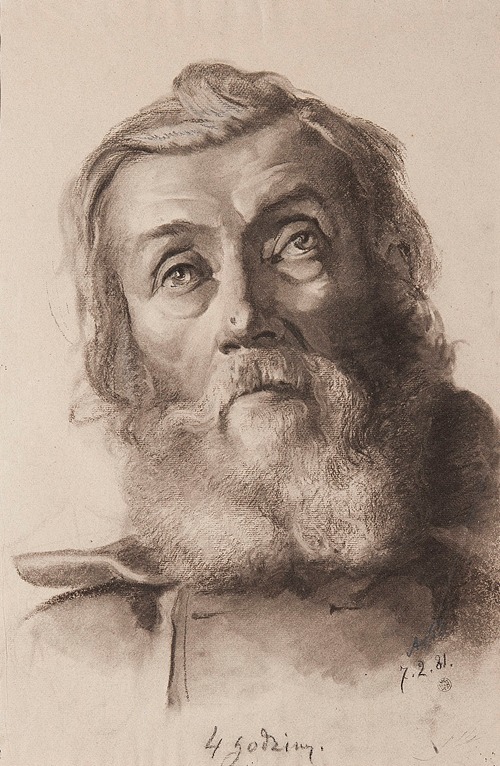
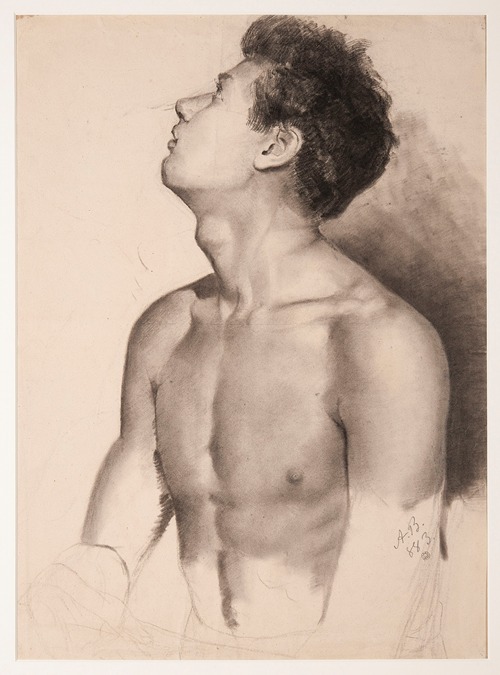
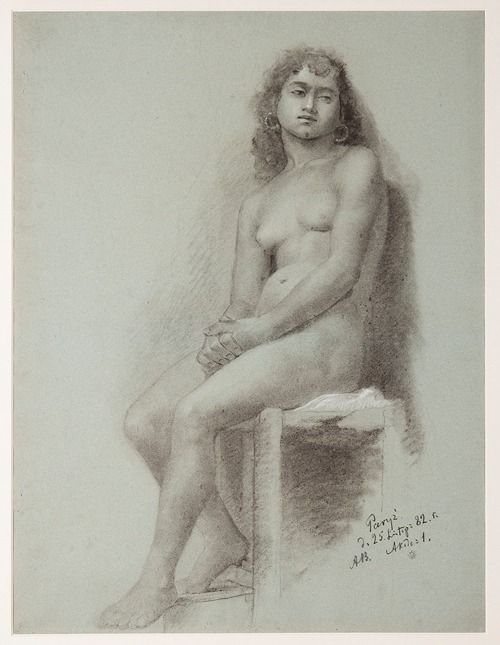
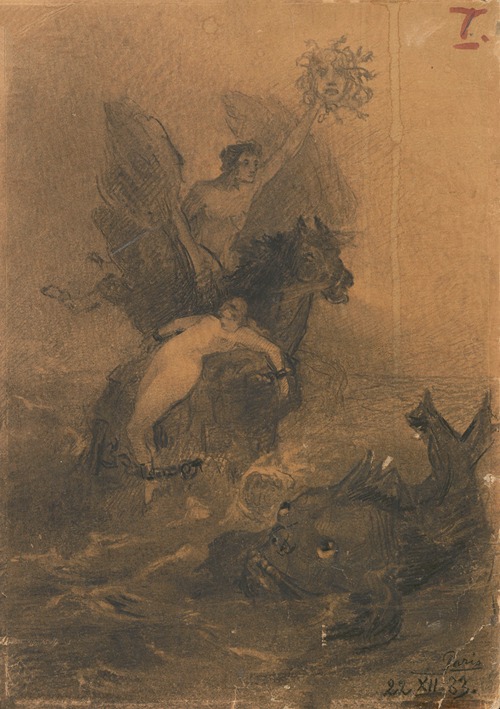
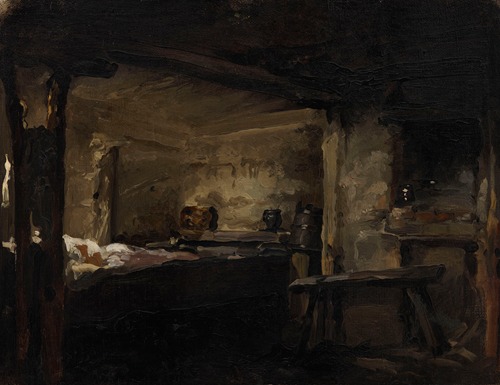
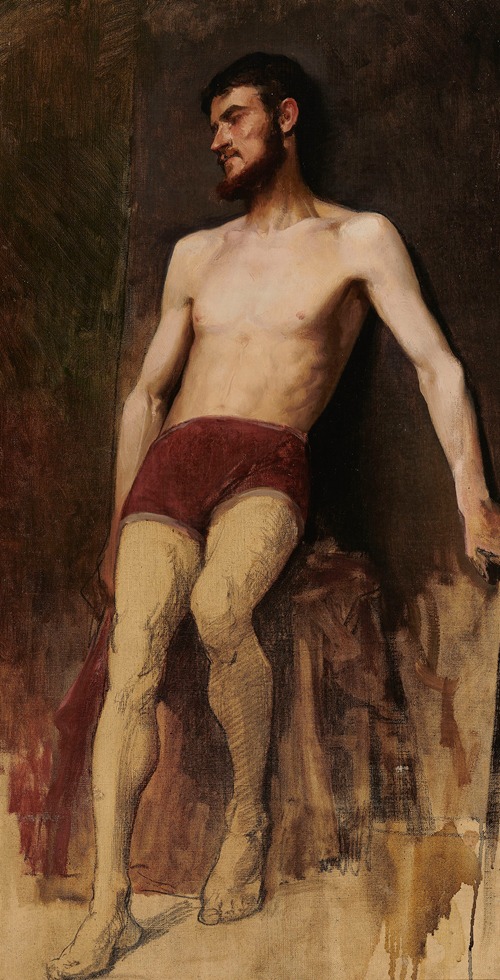
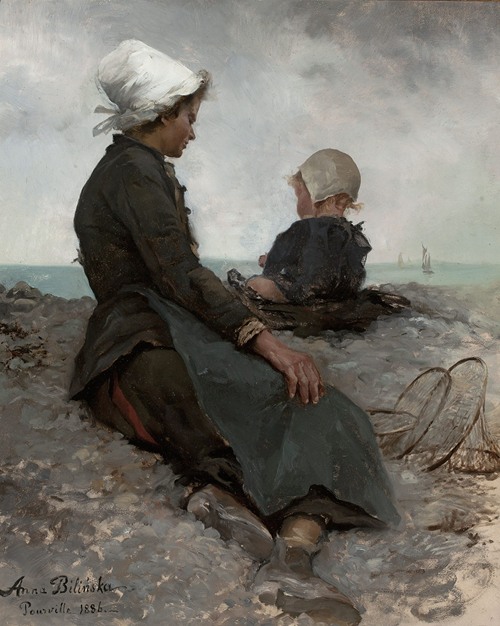

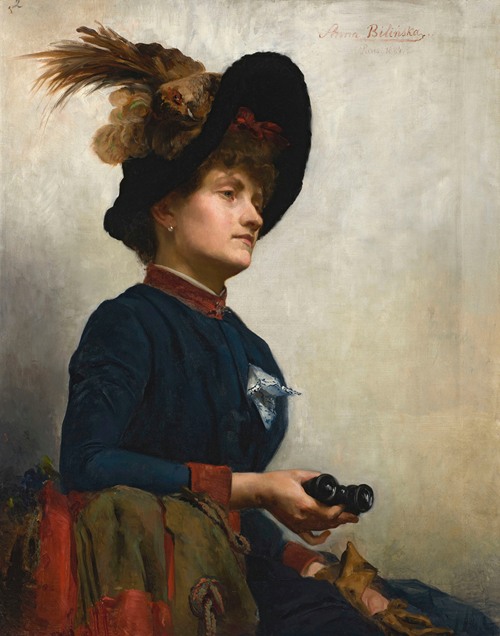
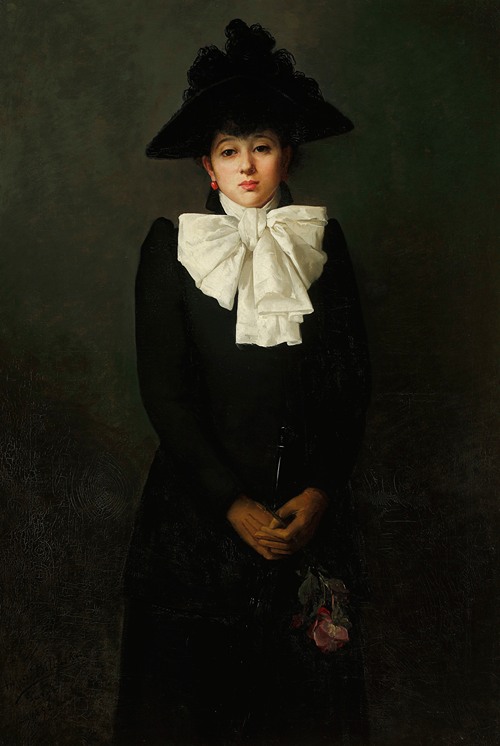
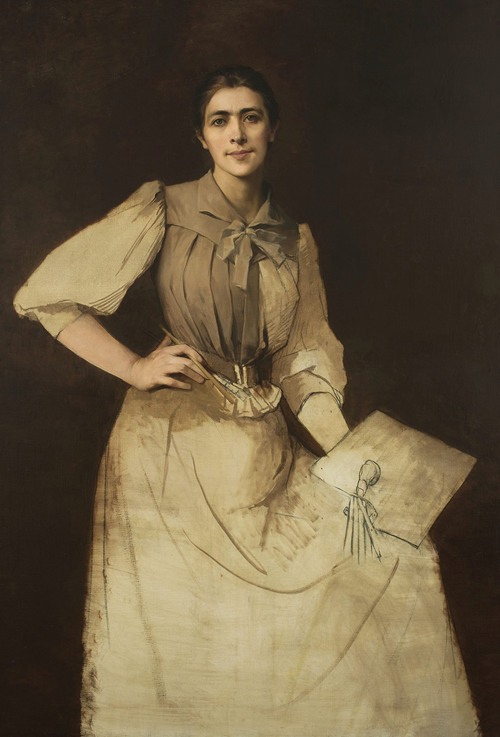
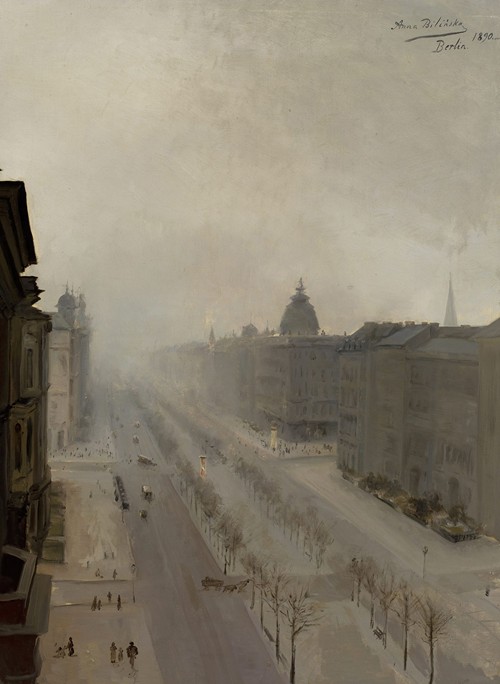
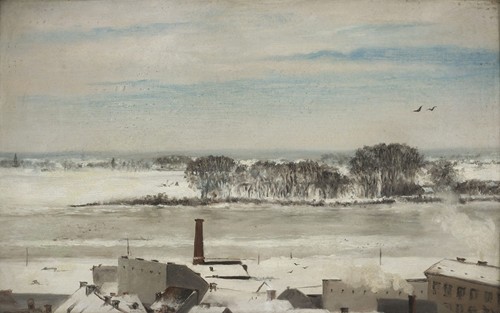
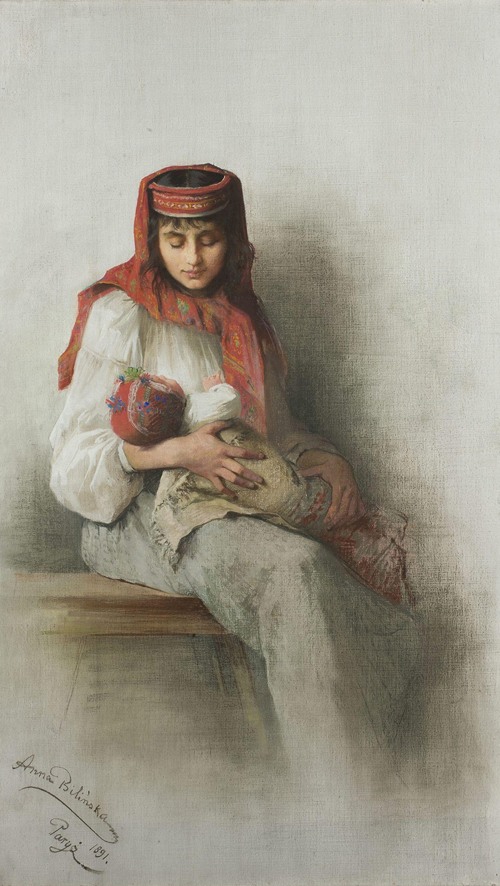

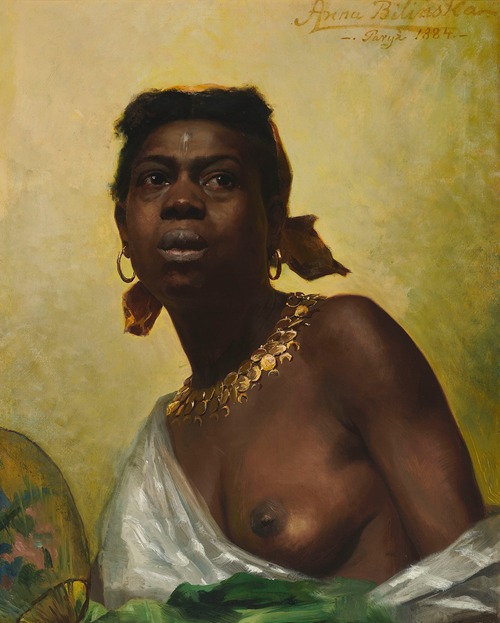


Anna Bilińska was a Polish painter, known for her portraits. A representative of realism, she spent much of her artistic life in Paris.
She was born in Zlatopol (formerly a frontier town of the Russian Empire, today a part of Novomyrhorod) as Anna Bilińska, and spent her childhood there with her father who was a Polish physician. Of her background, she joked that she "ha[d] a Cossack's temperament but a Polish heart" (Polish: ma temperament kozaczy, ale serce polskie). The family then moved to Central Russia, where Anna’s first art teachers were Ignacy Jasiński and Michał Elwiro Andriolli, both deported by the Tsarist government to Vyatka for their part in the January Uprising of 1863–1864. Later she studied music and art in Warsaw, where in 1877 she became a student of the painter Wojciech Gerson. During this time, she began to exhibit her work at Warsaw's Zachęta Society for the Promotion of Fine Arts (Polish: Towarzystwo Zachęty Sztuk Pięknych).
In early 1882 she accompanied her chronically ill friend Klementyna Krassowska on a journey to Munich, Salzburg, Vienna and northern Italy, before travelling to and settling in Paris where she studied along with Marie Bashkirtseff and British artist Emmeline Deane at the Académie Julian, and where later she also taught. In 1884, her father Jan Biliński and Krassowska died leaving her emotionally devastated. However, her future was financially secured in Krassowska's last will and she was taken care of by fellow painter Maria Gażycz who lived in Normandy. In 1889 she presented her Self-Portrait at the Exposition Universelle in Paris for which she was awarded a silver medal and was granted the right to exhibit her works out of competition during future editions of the event. This proved to be her first major international success. In 1889 her works were exhibited at the Royal Academy of Art in London. In 1891, they were displayed at an annual international exhibition in Berlin where she was awarded a gold medal.
She lived in France until 1892, when she married Antoni Bohdanowicz, a doctor of medicine, and took his name. They returned to Warsaw after their marriage, where she intended to open a Parisian-style art school for women, but fell ill with a heart condition and died a year later on 18 April 1893. She was interred at Warsaw's Powązki Cemetery.
Anna Bilińska is best known for her portraits, especially those featuring women, painted with great intuition. Her Self-Portrait with Apron and Brushes (1887) developed a new self-portrait pose by placing the artist in front of a model's backdrop, thus stating that she is her own model. Her portrait titled By the Window (1890), painted using the pastel technique, was regarded by 19th-century critics as Bilińska's most modern painting considering its subject matter, framing and the use of light. It depicts a young girl leaning out of a window towards a sunlit garden and was probably painted during the artist's summer holiday spent in the fishing village of Boyardville. Among her notable male portraits is the portrait of American sculptor George Grey Barnard painted in 1890 at the request of Alfred Corning Clark. She also painted still lifes, genre scenes and landscapes using oil watercolours and sometimes pastels.
Two of Bilińska's paintings went missing after World War II: A Negress (1884) and The Italian Woman (1880). The former was rediscovered at an auction in Germany in 2011 and successfully reclaimed in 2012 thanks to the efforts of the Ministry of Culture and National Heritage of Poland. It is currently displayed at the National Museum in Warsaw.
Her paintings can be found in the National Museum in Warsaw, National Museum in Kraków, Victoria Art Gallery in Bath, Musée d'art moderne in Saint-Étienne, Lviv National Art Gallery, Gothenburg Museum of Art, State Museum of Pennsylvania, Berlin Musical Instrument Museum as well as private collections.
Bilińska is considered the first Polish female artist to receive a professional artistic education on an academic level and to earn critical acclaim abroad. She was included in the 2018 exhibit Women in Paris 1850–1900.
Shortly after Bilińska's father died, her portrait, in deep mourning, was painted in 1886 by her friend Emmeline Deane in Paris.



























